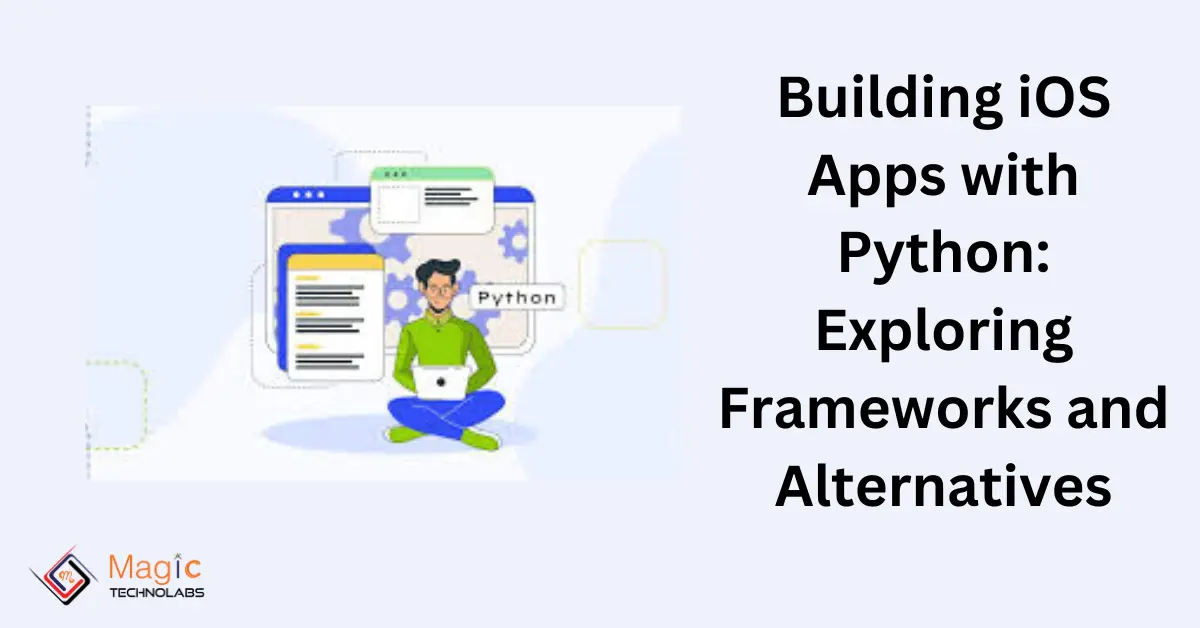The world of iOS app development is dominated by Swift and Objective-C. But what if you're a Python developer with a killer app idea for iPhone and iPad? Don't despair! While Python isn't the native language of choice for iOS, there are still ways to leverage its power and bring your vision to life.
The Not-So-Native Approach: Frameworks to the Rescue
Several frameworks bridge the gap between Python and iOS development. Here are two popular options:
BeeWare: This open-source framework allows you to write a significant portion of your app logic in Python. BeeWare then translates your Python code into Swift code, enabling it to run within the iOS environment. It's a good choice for projects where core functionalities can be built in Python, but UI elements might require some native Swift development.
Chaquopy: Another open-source framework, Chaquopy takes a different approach. It embeds a Python interpreter directly into your iOS app. You can then write specific functionalities in Python and call them from your native Swift code. This approach offers greater flexibility but requires a deeper understanding of both Python and Swift development.
Important Considerations for Framework-Based Development
While frameworks offer a path forward, there are some limitations to consider:
Performance: Transpiled code or embedded interpreters might not always match the raw performance of native Swift development.
Limited Functionality: Certain functionalities like core UI elements or hardware access might require additional native code development.
Community and Support: These frameworks have smaller communities compared to Swift, so finding resources and troubleshooting issues might be more challenging.
Beyond Frameworks: Exploring Alternative Solutions
If the limitations of frameworks seem daunting, here are some alternative approaches:
Hybrid App Development: Consider frameworks like React Native or Flutter that allow you to build apps using web technologies like JavaScript, which share some similarities with Python. These apps can then be wrapped for deployment on iOS.
Cross-Platform Development Tools: Tools like Kivy offer the ability to build apps with a single codebase that can run on various platforms, including iOS. While customization for iOS might be limited, it could be a viable option for simpler apps.
The Final Word: Choosing the Right Path
Building iOS apps with Python requires careful consideration. Frameworks offer a bridge, but with limitations. Hybrid development or cross-platform tools might be better suited for specific projects.
Ultimately, the best approach depends on the complexity of your app, your development team's skillset, and the desired level of native functionality.
So, while Python might not be the native king of iOS development, with some creativity and exploration, you can still leverage its power to build engaging and successful iOS apps!
















